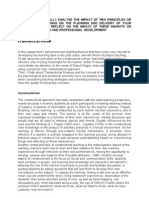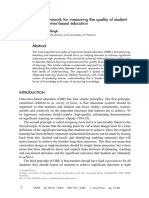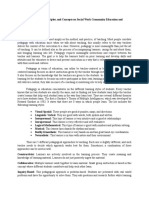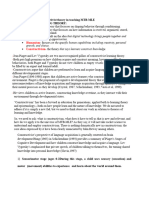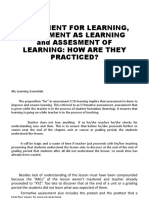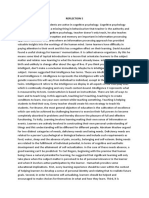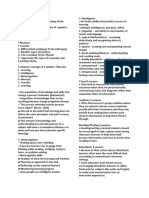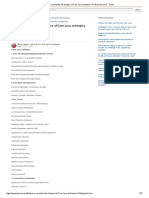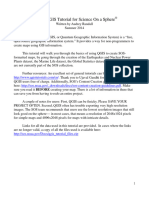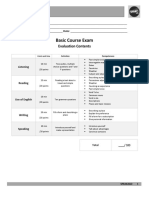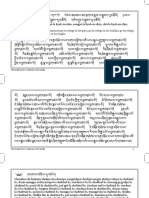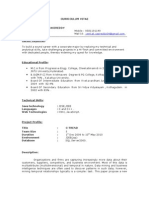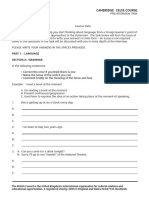0% found this document useful (0 votes)
67 views37 pagesThe Psychology of Teaching Reading
This document discusses different theories and approaches to teaching reading and language arts. It covers behavioral objectives, task analysis, the structure of knowledge, Piaget's theory of cognitive development, and learning styles. Behavioral objectives aim to precisely state what will be taught and tested but can overemphasize rote learning. Task analysis involves breaking skills down into sequential steps. Inductive and deductive approaches structure subject matter around main ideas and concepts. Piaget's research showed the importance of matching instruction to students' maturation levels. Learning styles theories recognize that students learn in different ways.
Uploaded by
eulamarceloCopyright
© Attribution Non-Commercial (BY-NC)
We take content rights seriously. If you suspect this is your content, claim it here.
Available Formats
Download as PPSX, PDF, TXT or read online on Scribd
0% found this document useful (0 votes)
67 views37 pagesThe Psychology of Teaching Reading
This document discusses different theories and approaches to teaching reading and language arts. It covers behavioral objectives, task analysis, the structure of knowledge, Piaget's theory of cognitive development, and learning styles. Behavioral objectives aim to precisely state what will be taught and tested but can overemphasize rote learning. Task analysis involves breaking skills down into sequential steps. Inductive and deductive approaches structure subject matter around main ideas and concepts. Piaget's research showed the importance of matching instruction to students' maturation levels. Learning styles theories recognize that students learn in different ways.
Uploaded by
eulamarceloCopyright
© Attribution Non-Commercial (BY-NC)
We take content rights seriously. If you suspect this is your content, claim it here.
Available Formats
Download as PPSX, PDF, TXT or read online on Scribd
/ 37




